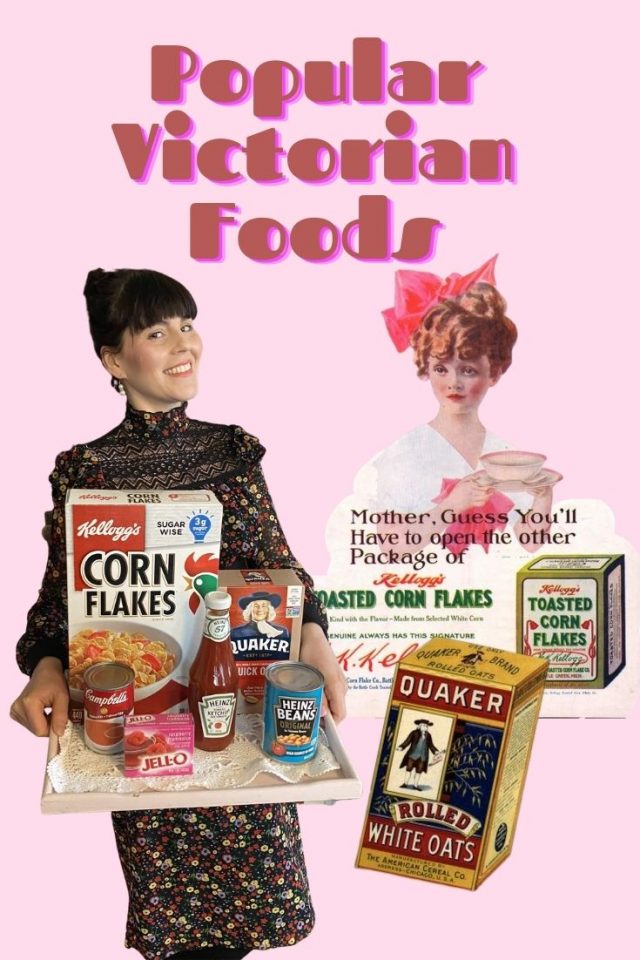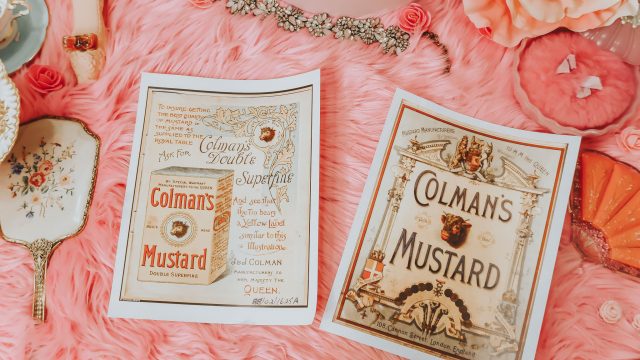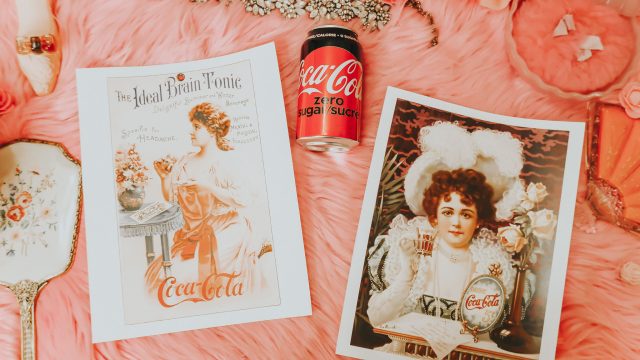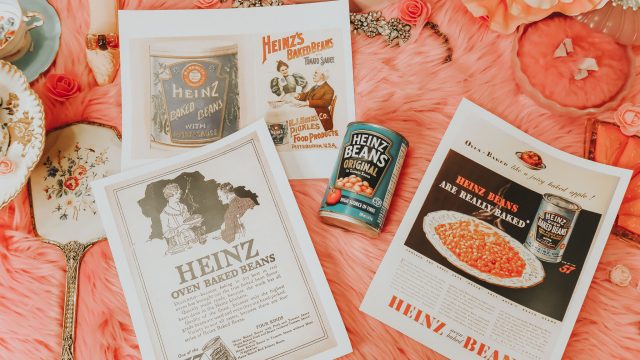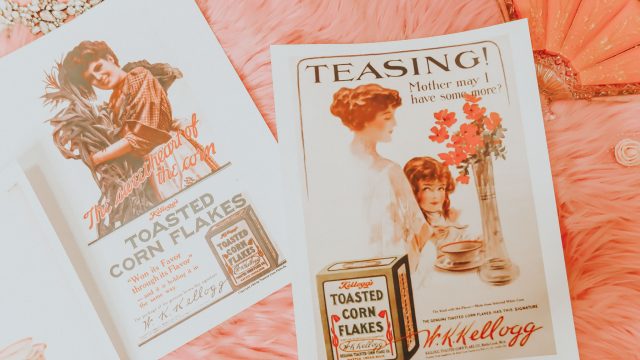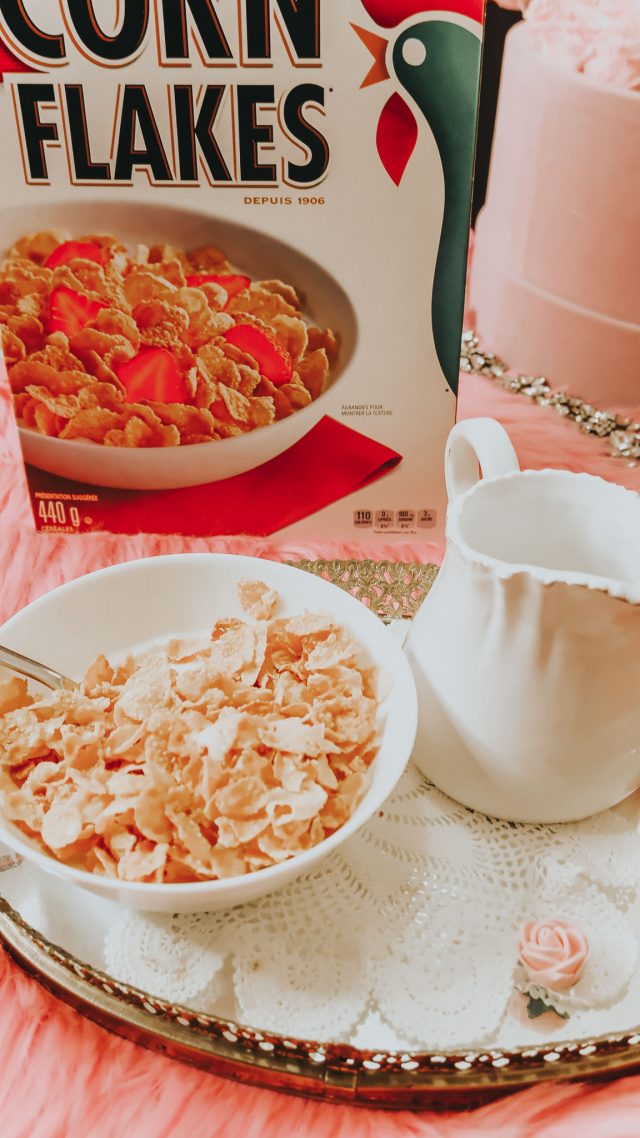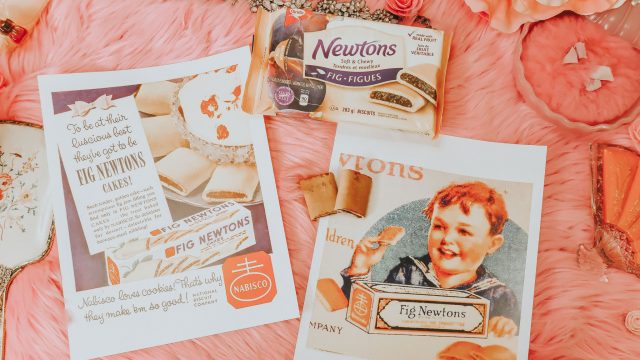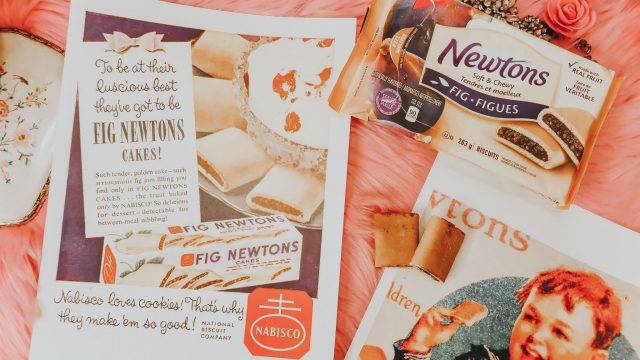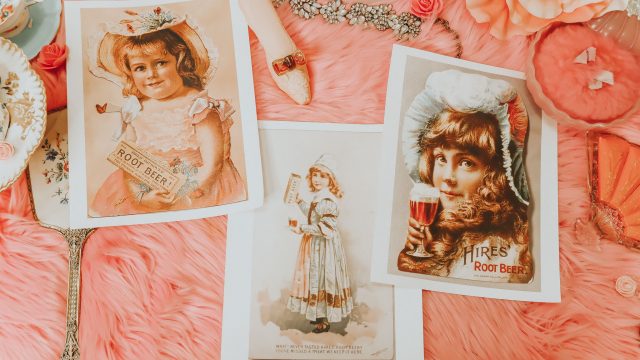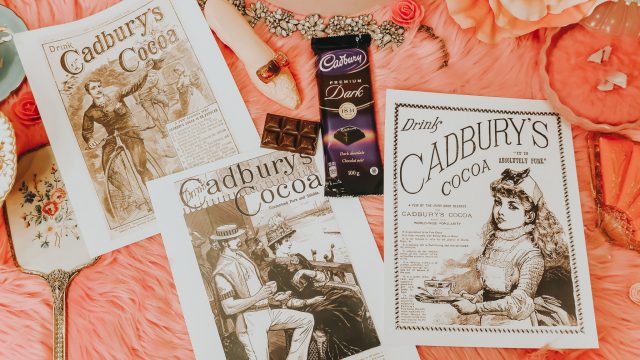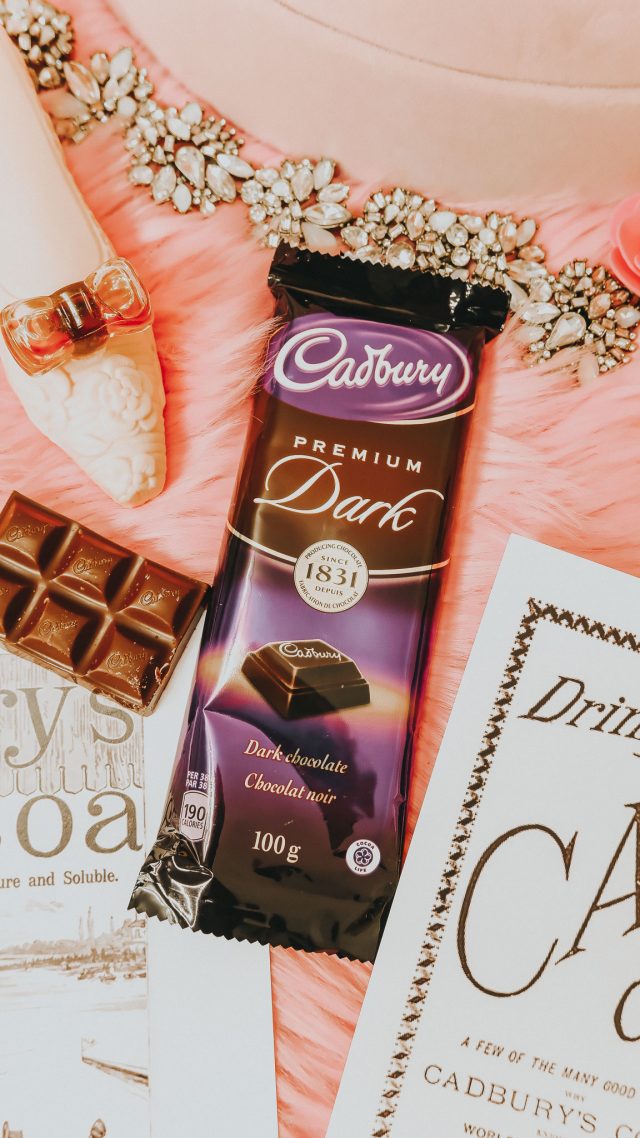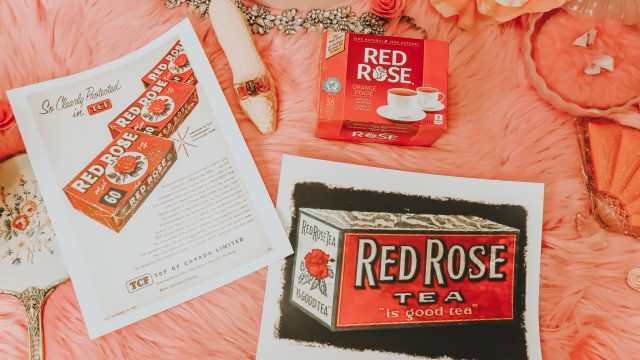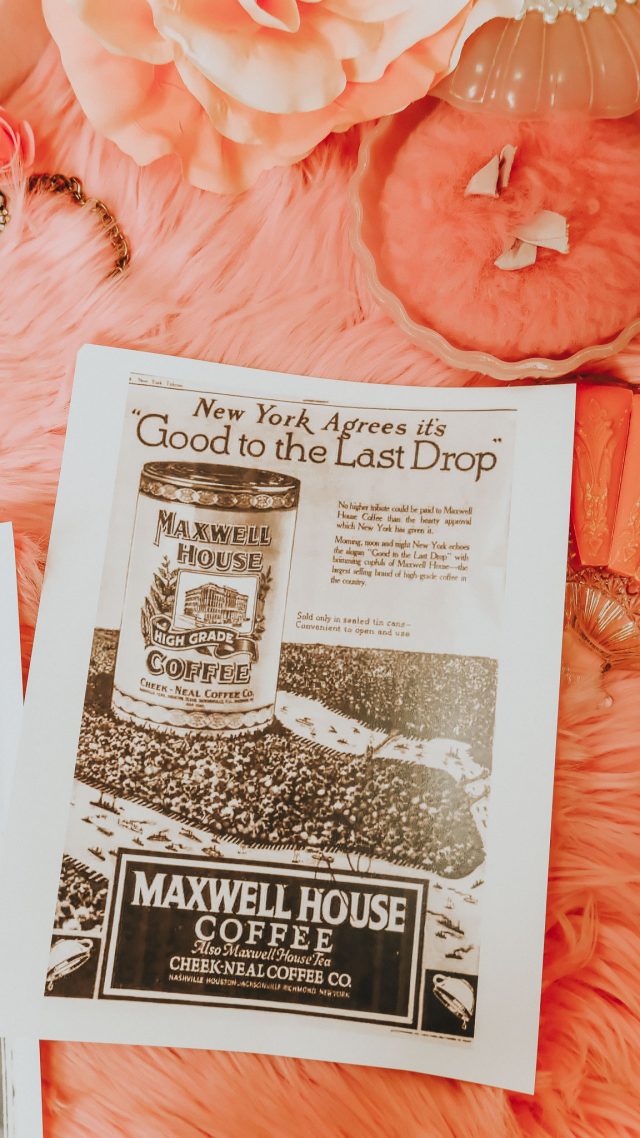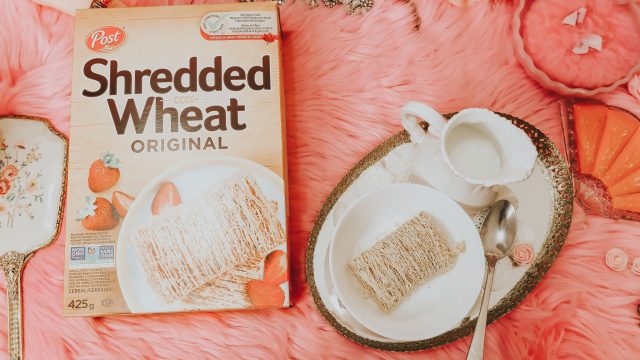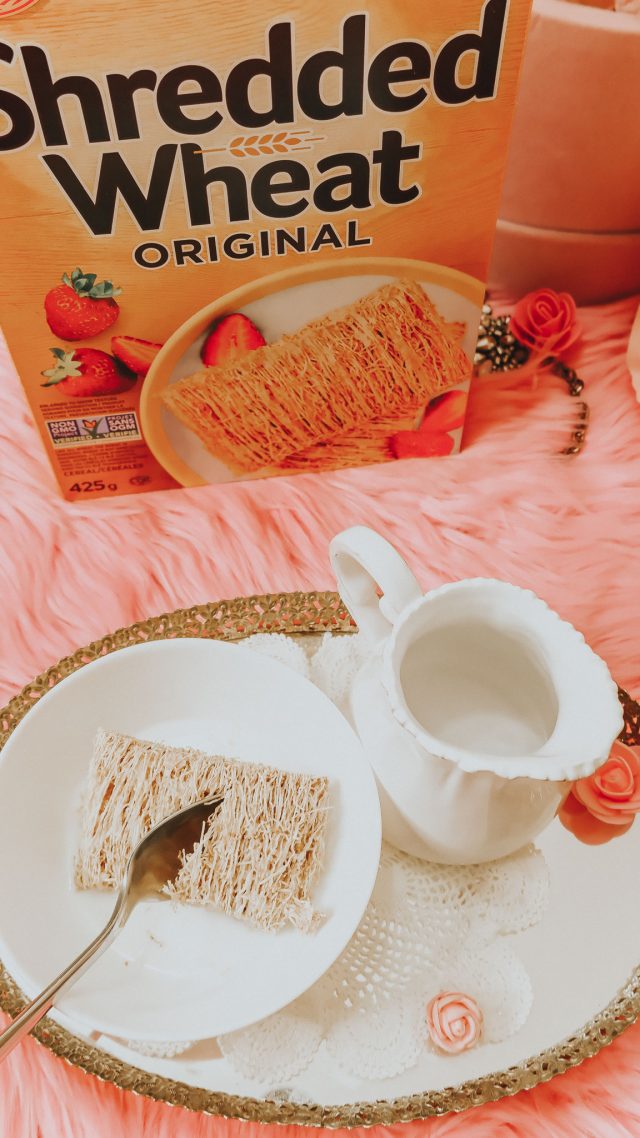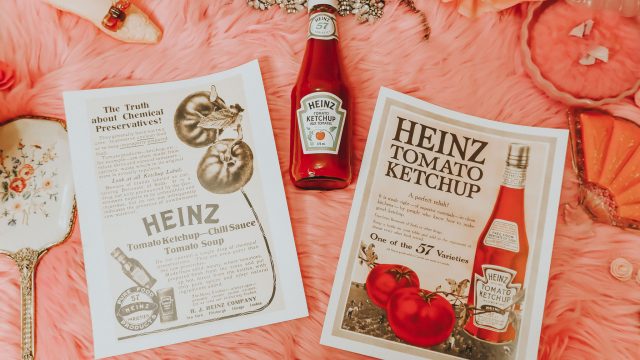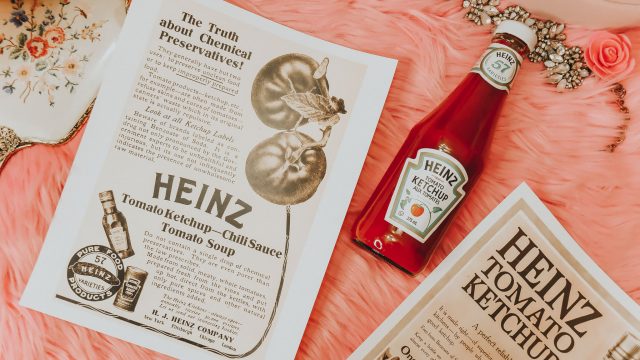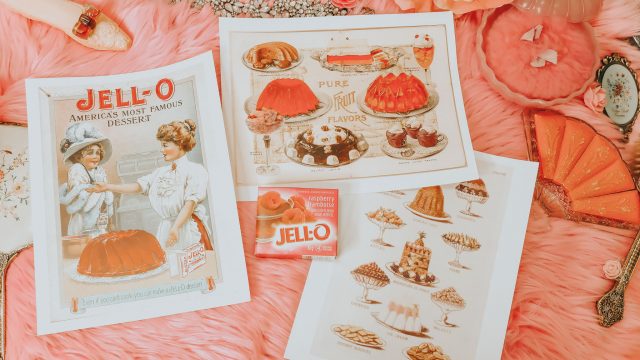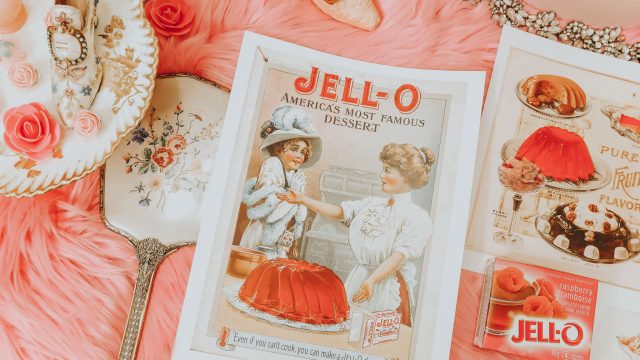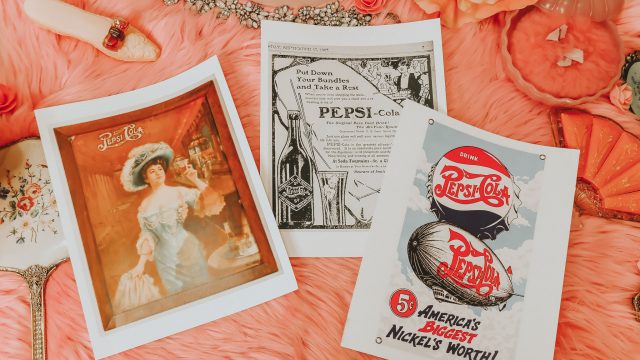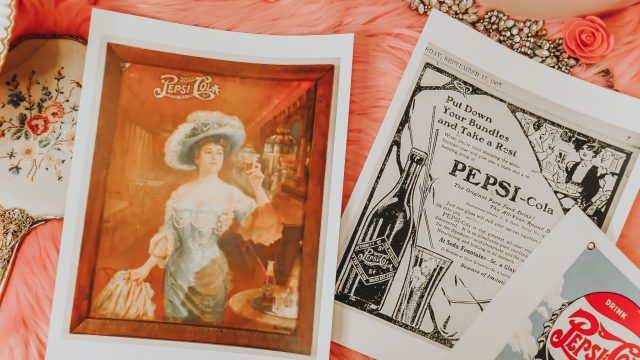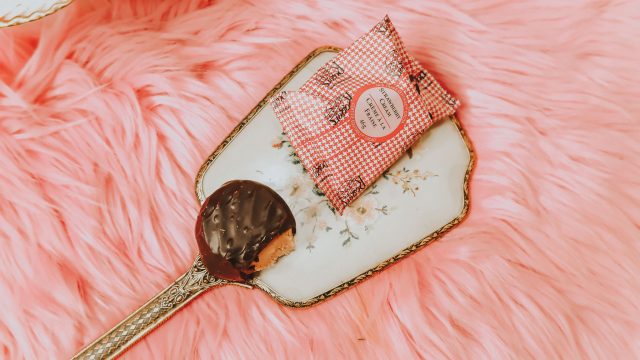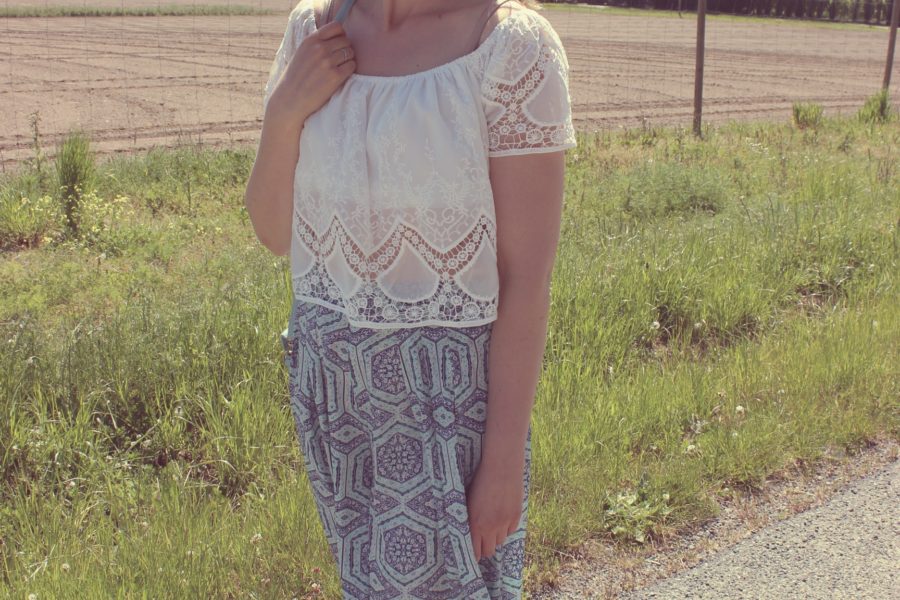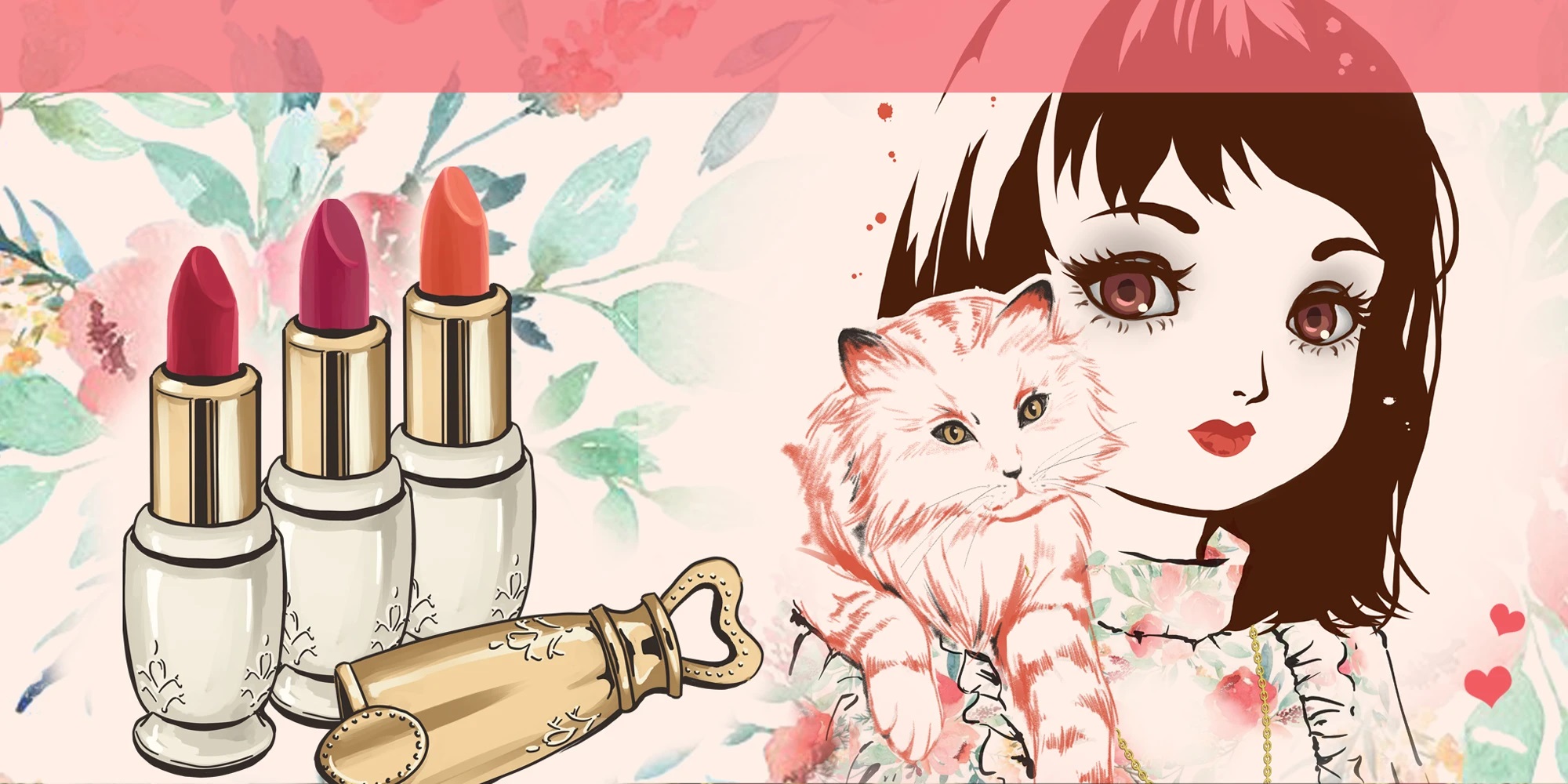Victorian Foods you can still buy today
Quaker Oats Company
In 1850 Ferdinand Schumacher founded German Mills American Cereal Company in Akron, OH. Quaker Oats registered as the first trademark for breakfast cereal. The trademark was registered with the U.S. Patent Office as “a figure of a man in ‘Quaker garb.'” Both former owners, Henry Seymour and William Heston, claimed to have selected the Quaker name as a symbol of good quality and honest value.
Cadbury cocoa
In 1824, John Cadbury, a Quaker, began selling tea, coffee and drinking chocolate in Bull Street in Birmingham, England. From 1831 he moved into the production of various cocoa and drinking chocolates, made in a factory in Bridge Street and sold mainly to the wealthy because of its high production cost. In 1847, John Cadbury became a partner with his brother Benjamin and the company became known as “Cadbury Brothers.”
Coca-cola
Invented on May 8, 1886.
Confederate Colonel John Pemberton, wounded in the American Civil War and addicted to morphine, also had a medical degree and began a quest to substitute for the problematic drug. In 1885 at Pemberton’s Eagle Drug and Chemical House, his drugstore in Columbus, Georgia, he registered Pemberton’s French Wine Coca nerve tonic. Pemberton’s tonic may have been inspired by the formidable success of Vin Mariani, a French-Corsican coca wine. Still, his recipe additionally included the African kola nut, the beverage’s source of caffeine.
Shredded wheat
Henry Perky invented shredded wheat cereal in Denver, Colorado, in 1890 and founding the Cereal Machine Company. In 1895, Perky received the United States Patent Number 548,086, dated 15 October 1895.
Perky first sold his shredded wheat cereal to vegetarian restaurants in 1892, distributing it from a factory in Niagara Falls, New York.
Fig Newtons
Until the late 19th century, many physicians believed that most illnesses were related to digestion problems and recommended a daily intake of biscuits and fruit. Fig rolls were the ideal solution to this advice. They were a locally produced and handmade product until a Philadelphia baker and fig lover, Charles Roser, invented and then patented the machine in 1891, inserted into a thick pastry dough.
Red Rose Tea
Red Rose Tea is a beverage company established by Theodore Harding Estabrooks in 1894 in Saint John, New Brunswick, Canada. Estabrooks began his career in trade imports and exports and soon moved specifically to the tea trade. Realizing the inconsistency in loose leaf servings, Estabrooks began packaging his tea leaves into single-serving bags to ensure quality and consistency in every teacup.
Colman’s Mustard
Colman’s (est. in 1814) is an English manufacturer of mustard and other sauces, formally based and produced for 160 years at Carrow, in Norwich, Norfolk. Colman’s is one of the oldest existing food brands, famous for a limited range of products, almost all mustard varieties.
Pepsi
Pepsi was first introduced as “Brad’s Drink” in New Bern, North Carolina, United States, in 1893 by Caleb Bradham, who made it at his drugstore where the drink was sold. It was renamed Pepsi-Cola in 1898, “Pepsi” because it was advertised to relieve dyspepsia and “Cola,” referring to the cola flavour.
Rogers Chocolates
Son of a Massachusetts farmer, Charles “Candy” Rogers moved to Victoria B.C. in 1885. He quickly established a “green grocery” on the west side of Government Street, across from the location he would later develop into the iconic heritage store we call home today. Alongside the fruits and vegetables, Charles sold chocolates that were imported from San Francisco. He married a local girl, Leah Morrison, and with tourists and locals buying up their sweets as fast as they could stock the shelves, Charles decided to make the chocolates himself.
His first and original creation, the Victoria Cream, quickly became a local favourite and thus began his career as Canada’s first chocolatier. While he developed his skills over a steamy cauldron in the backroom, Leah worked hard out front managing the retail store. Together they built a thriving business in the heart of British Columbia’s capital city.
Heinz baked beans
In 1886, Heinz Baked Beans were first sold at the Fortnum & Mason department store in London. After opening its first overseas office in London in 1896, the company opened its first UK factory in Peckham, south London, in 1905. The Ministry of Food classified Heinz Baked Beans as an “essential food” as part of its wartime rationing system.
Hires Root Beer
Hires Root Beer is a root beer marketed by Keurig Dr. Pepper. Introduced in 1876, it is considered the second-longest continuously made soft drink in the United States.
Jello
The original gelatin dessert began in Le Roy, New York, in 1897 after Pearle Bixby Wait and wife May trademarked the name for a product made from strawberry, raspberry, orange, or lemon flavouring added to sugar and granulated gelatin, which had been patented in 1845. The dessert was trendy in the first half of the 20th century
Campbells soup
The company was started in 1869 by Joseph A. Campbell, a fruit merchant from Bridgeton, New Jersey, and Abraham Anderson, an icebox manufacturer from South Jersey.
Corn flakes
A breakfast cereal made from toasting flakes of corn. The cereal, originally made with wheat, was created by William Kellogg in 1894 for his brother John Kellogg. John Kellogg wanted food that would be healthy for the Battle Creek Sanitarium patients in Michigan, where he was superintendent. The breakfast cereal proved popular among the patients, but Will Kellogg wanted to add sugar to increase the popularity. John Kellogg disapproved of this, so Will Kellogg started his own company Kellogg Company to produce corn flakes for the wider public. A patent for the process was granted in 1896, after a legal battle between the two brothers.
H. J. Heinz Company
An American food processing company headquartered at One PPG Place in Pittsburgh, Pennsylvania. Henry J. Heinz founded the company in 1869.
Maxwell house
In 1884 Joel Cheek moved to Nashville and met Roger Nolley Smith, a British coffee broker. He was said to tell the origin of a coffee simply by smelling the green beans. Over the next few years, the two worked on finding the perfect blend. In 1892 Cheek approached the food buyer for the Maxwell House Hotel and gave him 20 pounds of his special blend for free. After a few days, the coffee was gone, and the hotel returned to its usual brand. But after hearing complaints from patrons and others who liked Cheek’s coffee better, the hotel bought Cheek’s blend exclusively. After six months, the hotel agreed to allow Cheek to name his coffee after his first big sale. Inspired by his success, Cheek resigned from his job as a coffee broker. With partner Maxwell Colbourne, he formed a wholesale grocery distributor known as the Nashville Coffee and Manufacturing Company. They specialized in coffee, with Maxwell House Coffee, as it came to be known, as the central brand. Later, the Nashville Coffee and Manufacturing Company has renamed the Cheek-Neal Coffee Company. Over the next several years, the Maxwell House Coffee brand became a well-respected name that set it apart from the competition.

